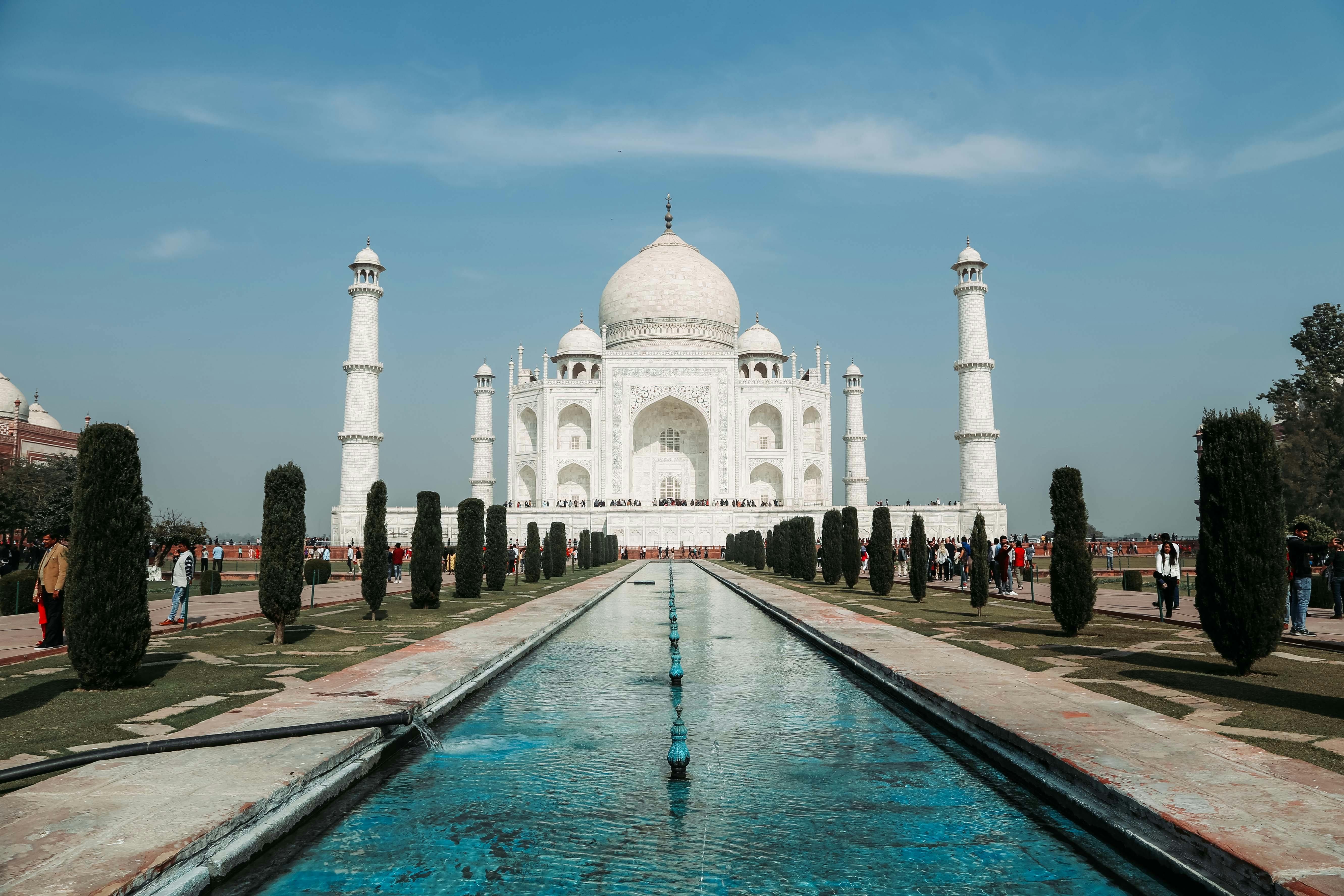The Magnificent History of the Taj Mahal

The Taj Mahal, also known as the “Crown of Palaces,” is one of the most iconic and breathtaking structures in the world. Located in Agra, India, this magnificent mausoleum is a UNESCO World Heritage Site and attracts millions of visitors each year. Let’s delve into the rich history of this architectural marvel.
The Love Story Behind the Taj Mahal
The Taj Mahal was commissioned by the Mughal emperor Shah Jahan in memory of his beloved wife, Mumtaz Mahal. Mumtaz Mahal, who was the emperor’s third wife, passed away in 1631 while giving birth to their 14th child. Devastated by her death, Shah Jahan decided to build a grand mausoleum as a symbol of his eternal love for her.
Architectural Marvel
The construction of the Taj Mahal began in 1632 and took approximately 22 years to complete. It is believed that Shah Jahan employed thousands of artisans, craftsmen, and laborers from all over the world to bring his vision to life. The main building is made of white marble, which was brought from Makrana in Rajasthan. The intricate carvings, calligraphy, and inlaid gemstones make the Taj Mahal a true masterpiece of Mughal architecture.
Symbolism and Design
The Taj Mahal is not just a beautiful mausoleum; it is also filled with symbolism. The entire complex is designed to represent the Islamic paradise, with the main building placed on a raised platform and surrounded by lush gardens, reflecting pools, and four minarets. The central dome, often described as a “teardrop on the cheek of eternity,” is a symbol of purity and divinity.
Preservation and Restoration
Over the years, the Taj Mahal has faced various threats, including pollution, environmental degradation, and natural disasters. To ensure its preservation, several restoration projects have been undertaken. The Archaeological Survey of India (ASI) has been actively involved in maintaining and protecting this architectural marvel for future generations to admire.
A Global Icon
The Taj Mahal has become a symbol of India’s rich cultural heritage and is recognized as one of the New Seven Wonders of the World. Its timeless beauty and historical significance continue to captivate people from all corners of the globe. Visiting the Taj Mahal is an experience like no other, allowing you to witness the grandeur and romance of Mughal architecture firsthand.
If you’re planning a trip to India, make sure to include the Taj Mahal in your itinerary. It is a testament to the power of love, the brilliance of human craftsmanship, and the enduring legacy of the Mughal Empire. Prepare to be awestruck by the sheer magnificence of this architectural wonder.
For more information about visiting the Taj Mahal, check out the official website: Taj Mahal Official Website
🕌✨🇮🇳
